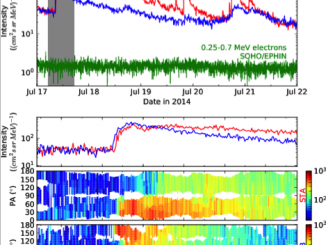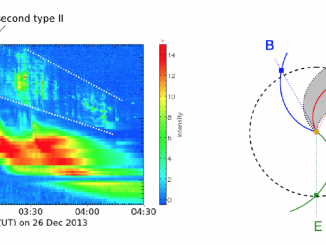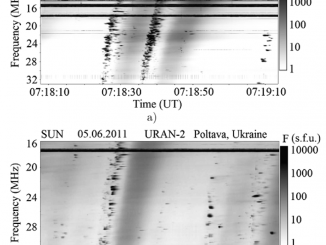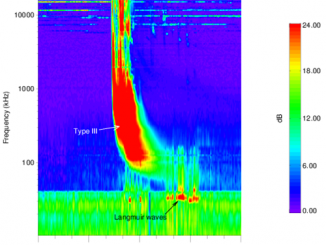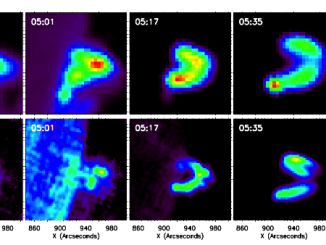Non-radial propagation of energetic electrons in solar corona by A. Klassen et al.
STEREO and near-Earth multi-spacecraft observations of solar energetic particle (SEP) events have revealed that some events show quite unexpected intensity distributions at 1 AU (Dresing et al. 2012, Lario et al. 2013). They can be much broader (circumsolar) (Gómez-Herrero et al. 2015), non-symmetric, and sometimes irregular showing so-called finger distribution (Klassen et al. 2016). It had been suggested that these non-symmetric and irregular distributions, among others, may result from non-radial […]

